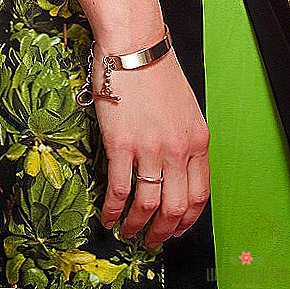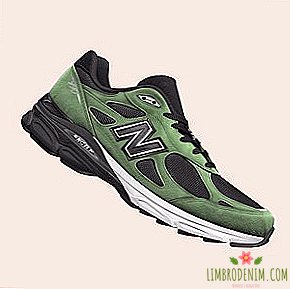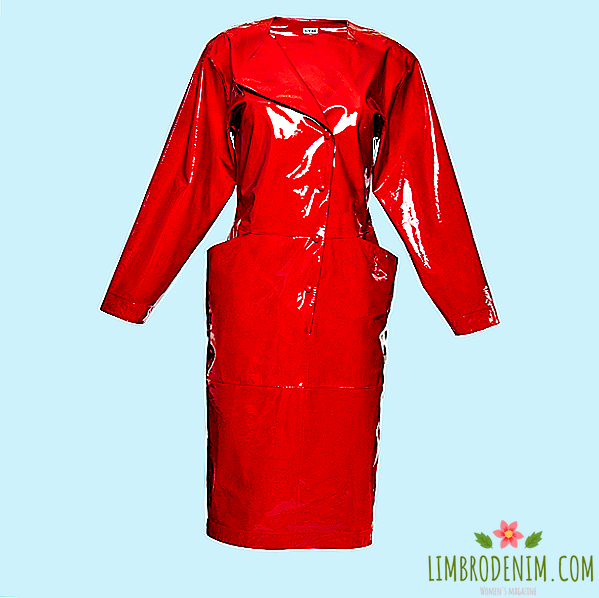How women rebelled against heels
This spring on social networks dispersed two very similar stories of corporate dress code victims. The waitress from the Canadian city of Edmonton wiped her legs in blood, after spending many hours on her heels, but the restaurant manager reprimanded her for changing into flat shoes. Nicola Thorpe from London lost her job at the reception desk in the London office of PwC, after she refused to change her ballet flats to shoes with heels. Women around the world who faced the same requirements supported each other on social networks with the hashtag #myheelsmychoice, and the Nikola Thorp petition, designed to exclude heels from corporate dress code, collected more than one hundred thousand signatures in a few days and will be considered by the British parliament. We figured out how heeled shoes turned into a must-have item for a business woman’s wardrobe and why, in the twenty-first century, it was time to exclude them from the mandatory requirements of the dress code.

The first heels, similar to modern ones, began to be worn by Persian riders: heels helped them to keep better in stirrups, unlike flat shoes or platform shoes. Gradually, this type of footwear spread from the East to European countries, where, on a wave of interest in Persian culture, they became interested in heels: the aristocratic class preferred impractical and uncomfortable clothes and shoes to emphasize its special status. This fashion reached its peak under Louis XIV: the king, who wore shoes on ten-centimeter bright red heels, forbade his courtiers to wear heels above his own.
Women began to wear heels in the XVII century in imitation of men. At first, women's and men's shoes with heels differed little from each other, but in the 18th century, women's heels became noticeably thinner than men's. By the end of the century, both men's and women's heels were completely out of fashion, but returned to the wardrobe (but only to women) in the middle of the 19th century. Up to the fifties of the 20th century, all the heels were low and rather wide, and it was only in 1954 that Roger Vivier invented the famous studs — very thin and high heels with metal rods. In the 80s of the last century, together with the fashion for power dressing high-heeled shoes became part of the wardrobe of business women and, finally, an integral element of the corporate dress code.


Flight attendants admit that they wear heels only at the airport, where they need to look presentable
Heeled shoes can look beautiful and add confidence to those who like it. But wearing heels all the time, especially if you have to stand for a long time and walk a lot, are unhealthy. According to a recent article in the medical journal BMJ Open, wearing heels is associated with deformities of the feet, as well as pains in the ankles, legs and knees. In severe cases, there is a thickening of the tissue in one of the nerves of the foot, known as Morton's neuroma, and a person may need serious treatment.
Despite the fact that the classic business style is gradually becoming a thing of the past, in many companies with a strict dress code women still have to wear heels: for example, they are still often mandatory for flight attendants in large airlines, such as Virgin. However, many flight attendants admit that they wear bright uniform shoes with heels only at the airport, where they need to look presentable, and change their shoes to more comfortable shoes on the plane. According to Tamara Yakubovskaya, deputy director of the service department aboard Aeroflot, too high heels are prohibited by safety requirements, but flight attendants working for the airline usually choose the maximum allowed heel height. The requirement to wear high heels is also often imposed on waitresses, receptionists and secretaries. Most of all against obligatory heels are those who have to spend a lot of time on their feet - flight attendants, receptionist and waitresses in one voice complain of pain in the legs and varicose veins.


Many modern women consider the forced wearing of heels gender discrimination, because men can appear at solemn events in comfortable shoes with flat shoes. As Rebecca Tuck, a labor law specialist, explains in an interview with The Guardian, the requirement to wear uncomfortable clothes or shoes that prevent an employee from fulfilling her duties, violates his rights - and constitutes gender discrimination, if such conditions are imposed only on women.
Shoes with heels are associated with artificially imposed standards of beauty that prevent women from working. That is the conclusion reached by the CBC channel staff and Canadian waiters after they conducted their own experiment: during it, the bartender men and waiters tried on the clothes of the waitresses and heels. First of all, the participants in the experiment did not complain about too open dresses, namely, heels, which prevented them from walking freely in the hall and serving visitors. Recent scientific studies suggesting that walking a woman’s heels in men’s eyes looks more stereotypically feminine — and more attractive than walking in flat shoes only adds fuel to the fire: if the heels make women more sexy, aren't modern women? dress codes a sign of objectification?

It seems everyone is tired of heels - both women and men
Forced wearing of heels is one of the most striking manifestations of sexism: actresses on the red carpet and the author of an honest essay in The New Yorker, the poet Mary Carr, speak out against him. On YouTube, you can find a lot of funny (and not so) videos where men try to spend one day on their heels and describe their feelings in colors. Most begin to complain of pain a few minutes after the start of the experiment and says that no beauty deserves such sacrifices. Some fashion editors rejoice in their opinion, rejoicing at the flat footwear fashion - they say that they will continue to wear heels when they become fashionable again, but it is much more pleasant to walk on a flat sole.
This year, in memory of last year’s incident at the Cannes Film Festival, Julia Roberts walked barefoot on the red carpet, which caused a wave of publications in tabloids - and, apparently, inspired other celebrities. Two years earlier, Emma Thompson spoke from the stage even more radically, comparing the red paint on the sole of her shoes with blood, and then throwing her shoes off the stage altogether. It seems everyone is tired of heels - both women and men.
It is unlikely that the events of this year will radically change women's fashion and we will stop wearing heels - many people like them, and each of us has the right to self-expression. However, obliging women to wear shoes that hamper their movements and can cause serious harm to their health is direct discrimination, and society must fight it. Fortunately, some members of the British Parliament, who have already supported the petition of Nikola Thorpe, understand this. It is hoped that large companies will follow their example.
Photo: Gucci, Fox, Wikipedia Commons





